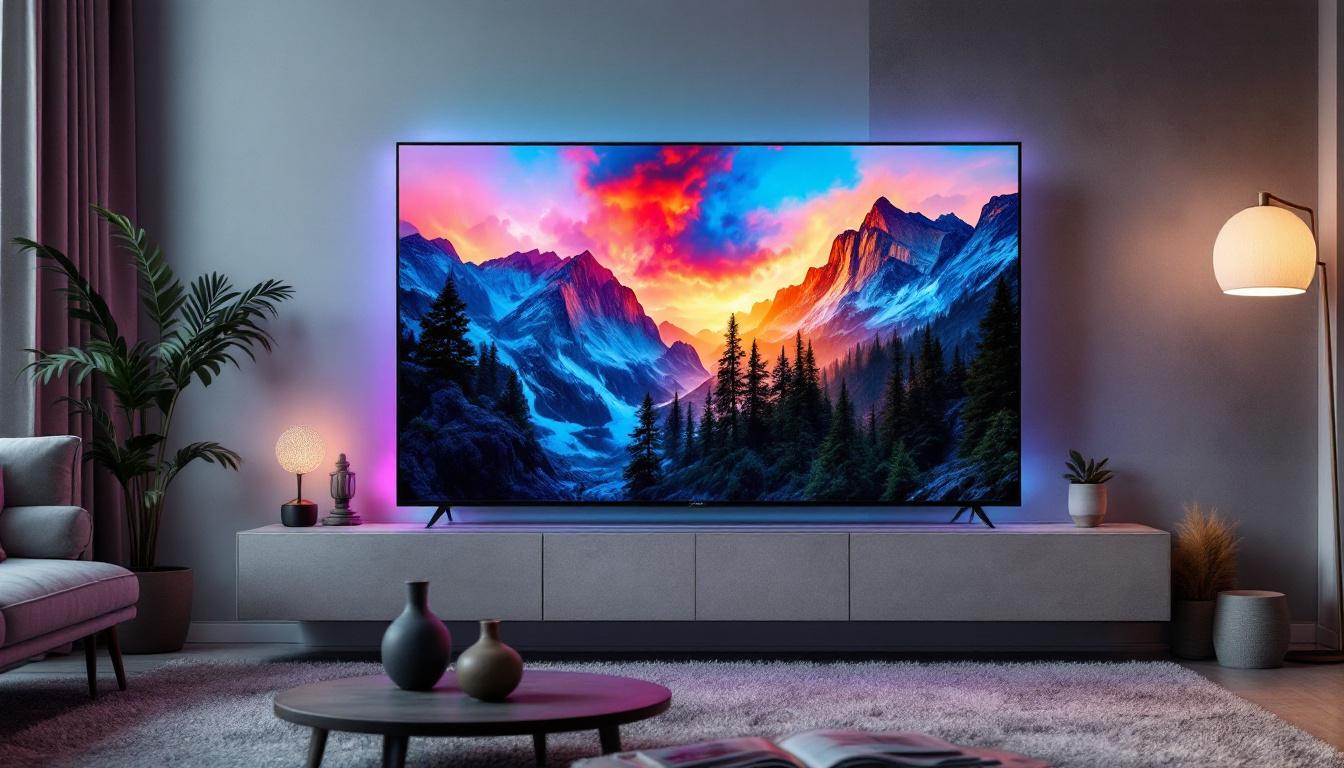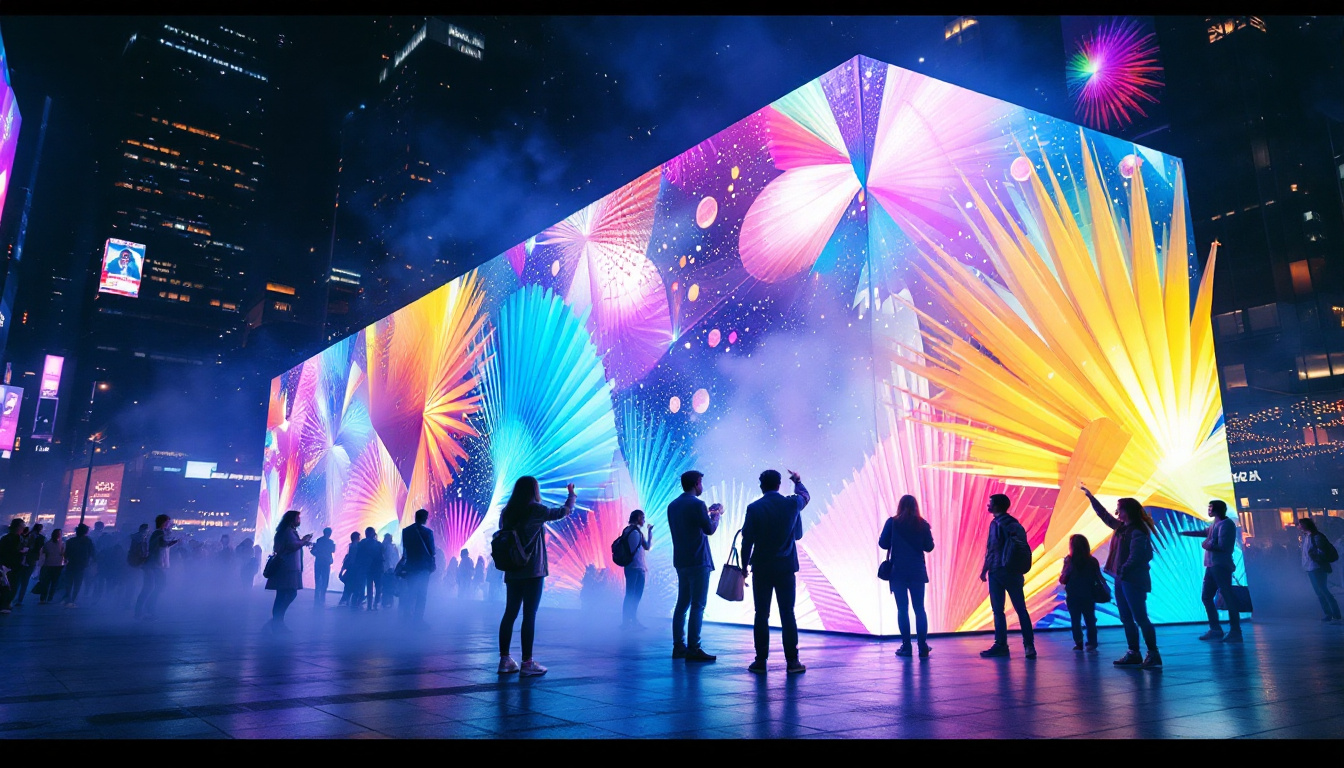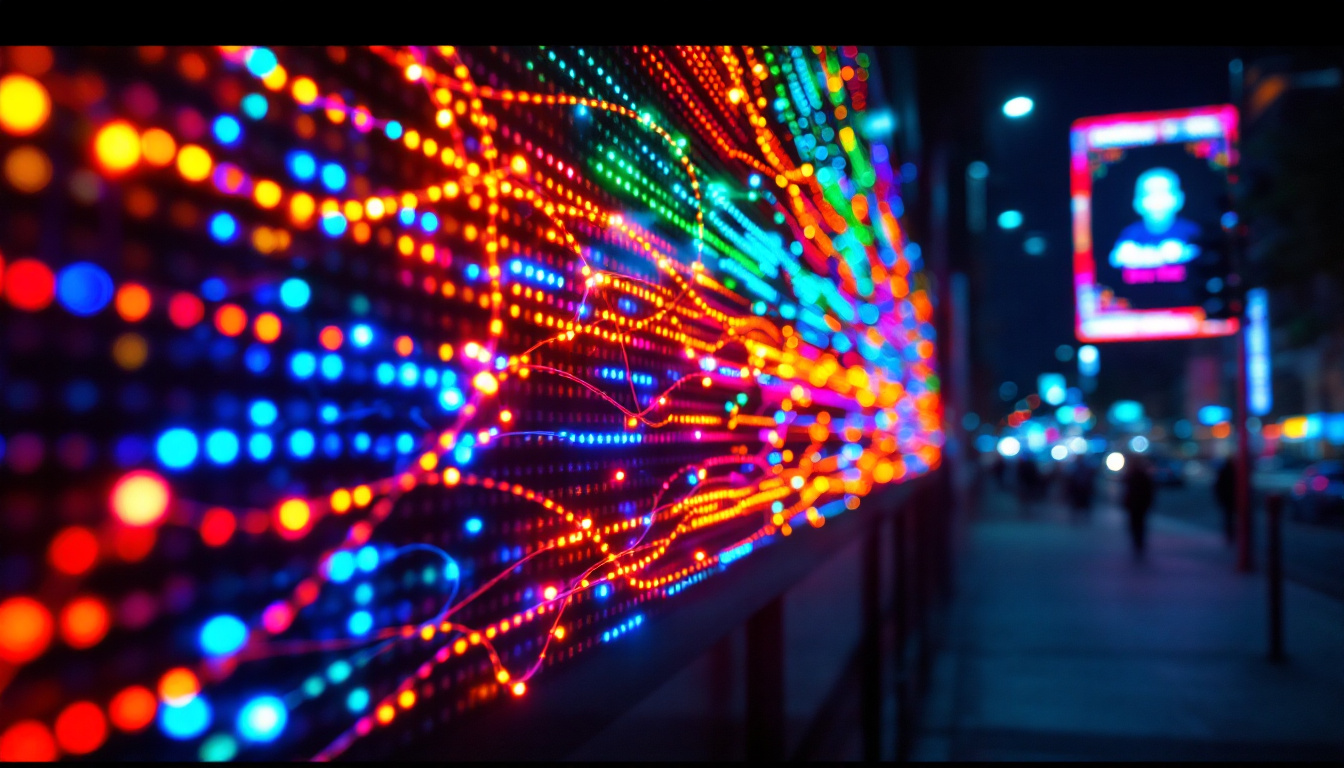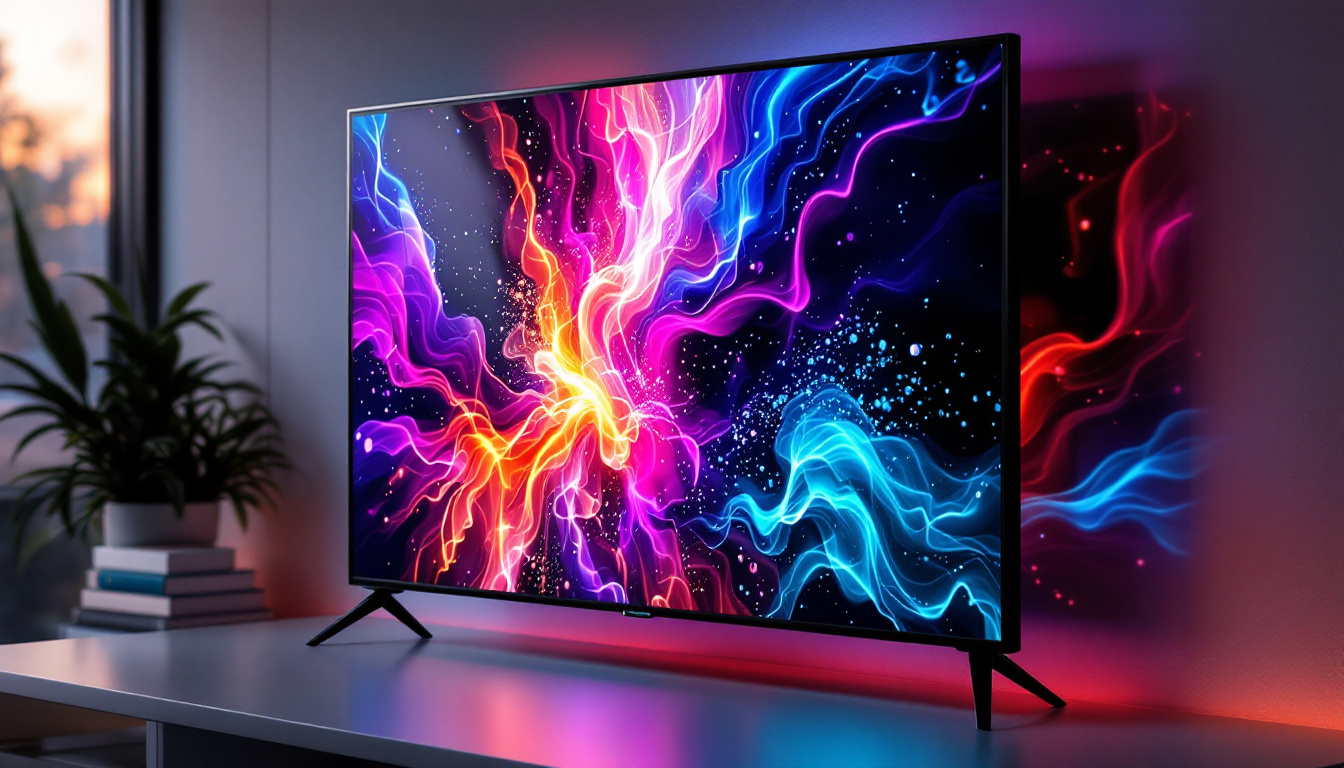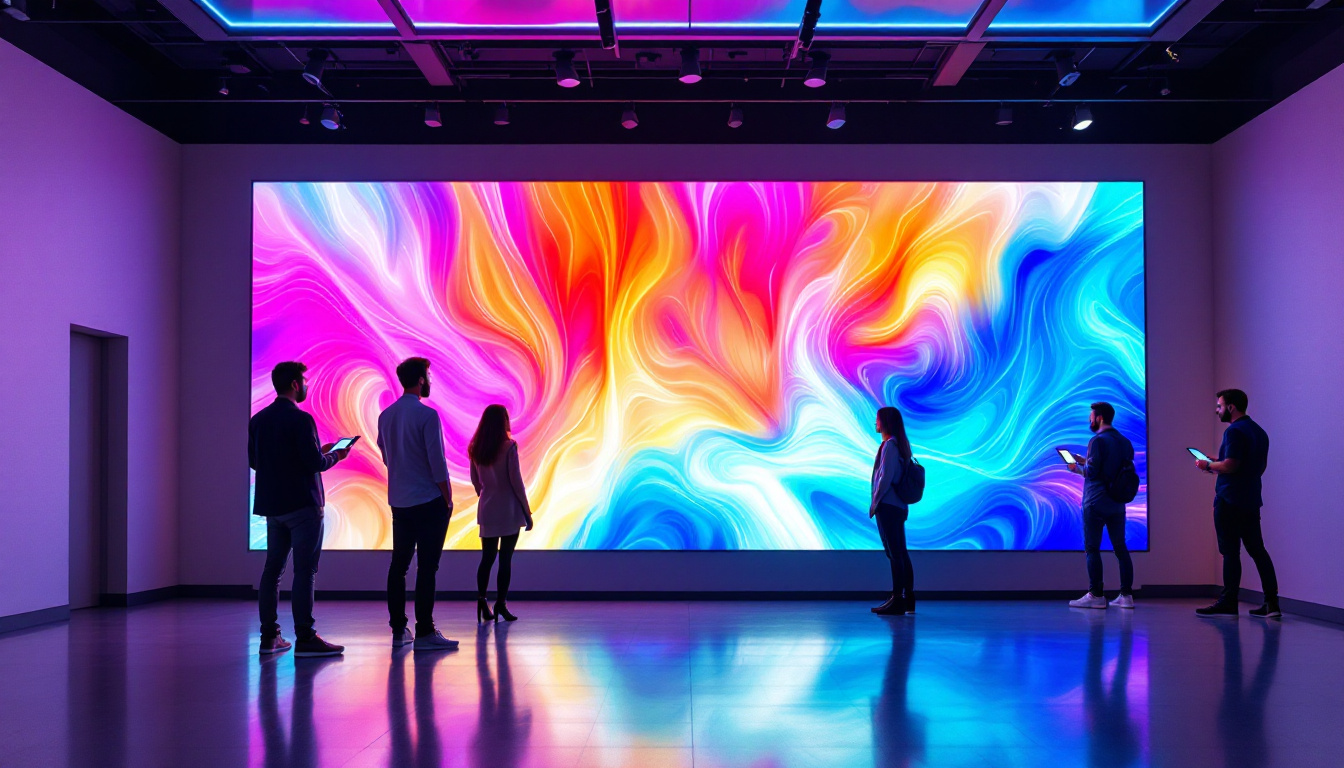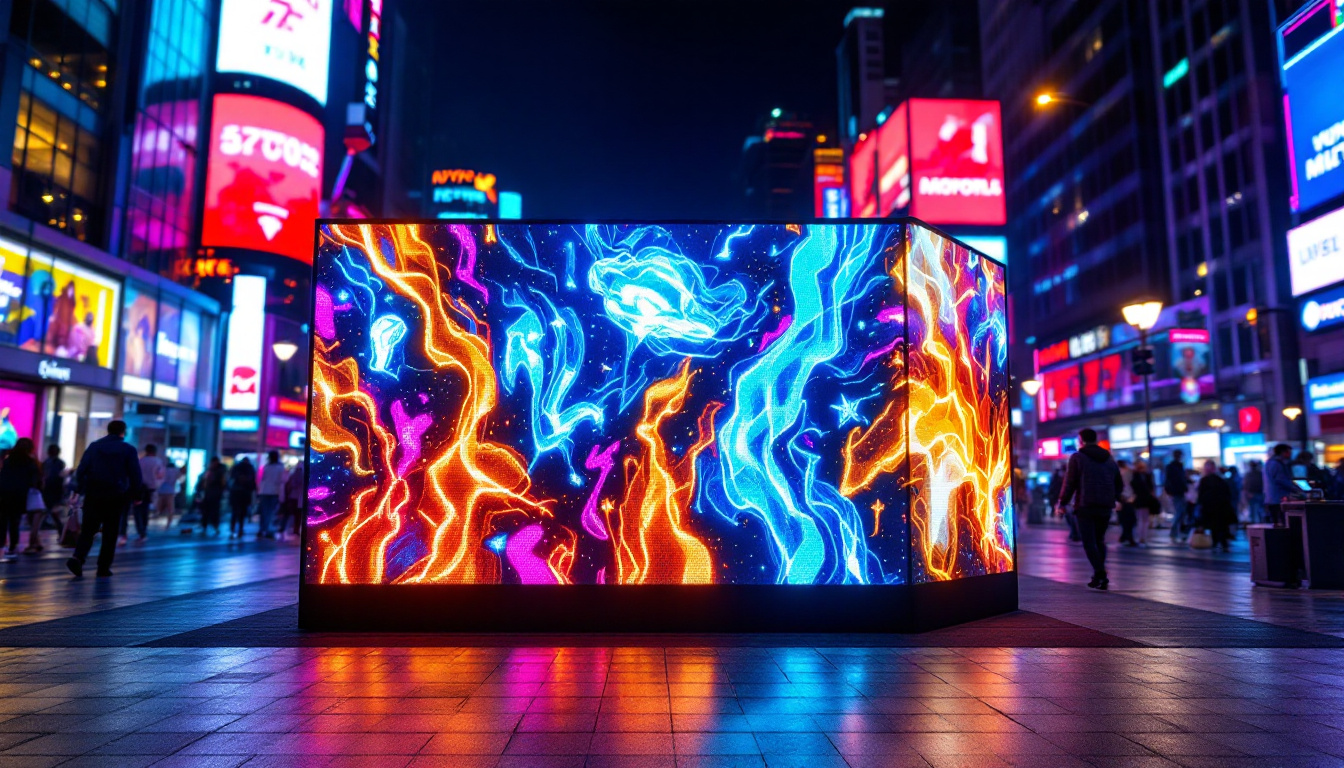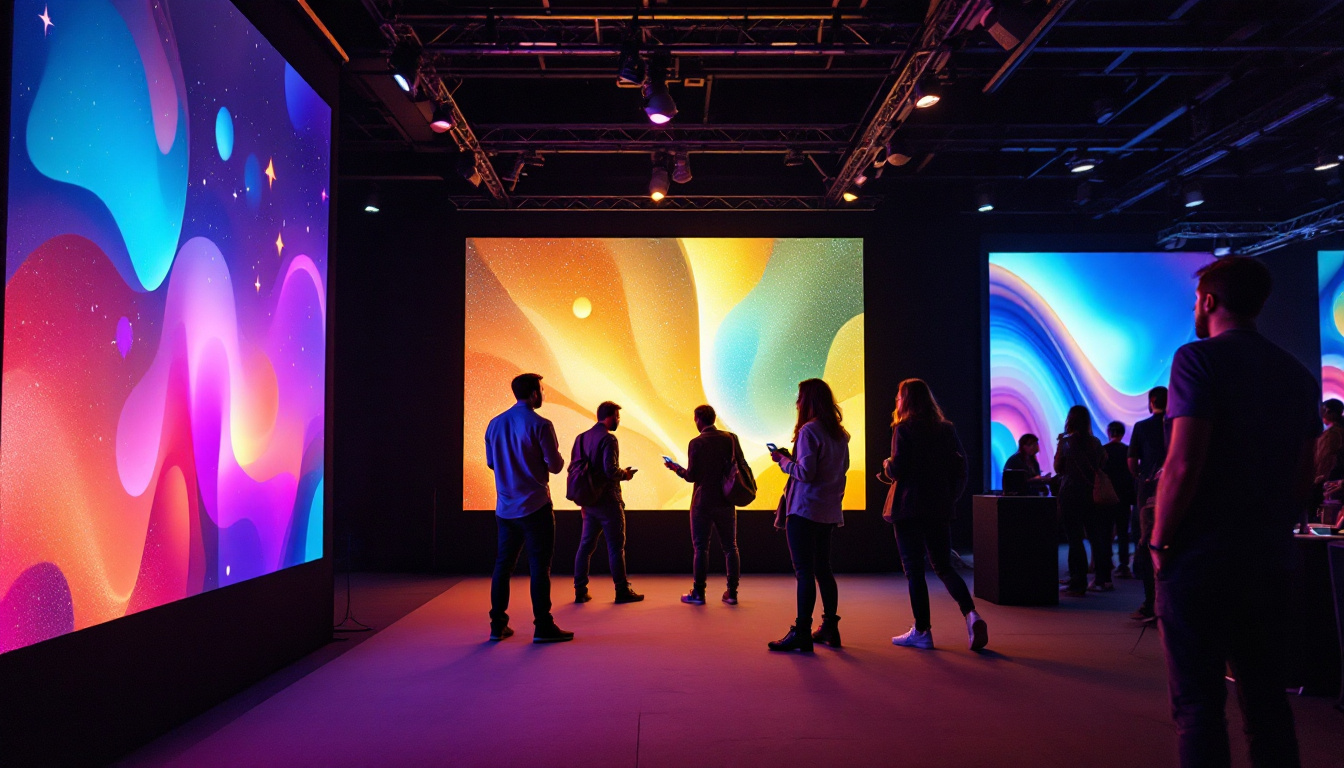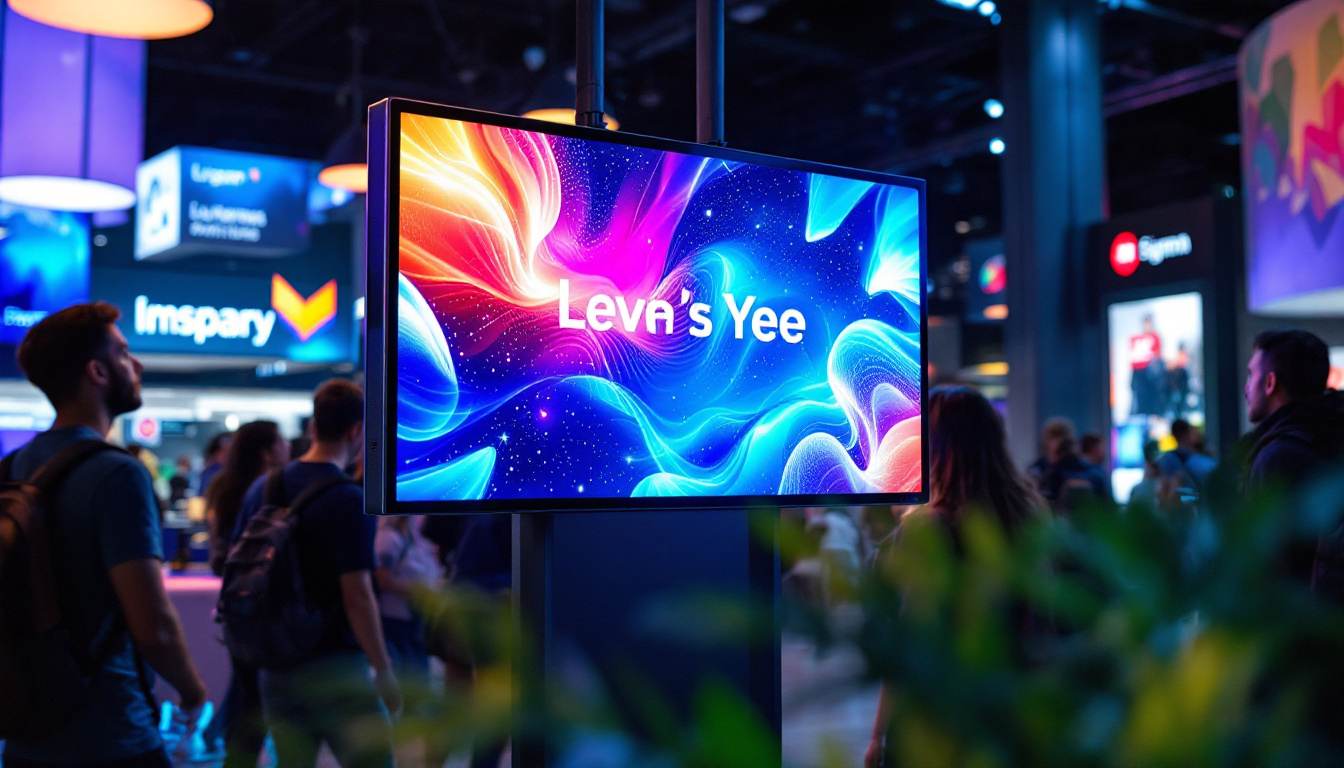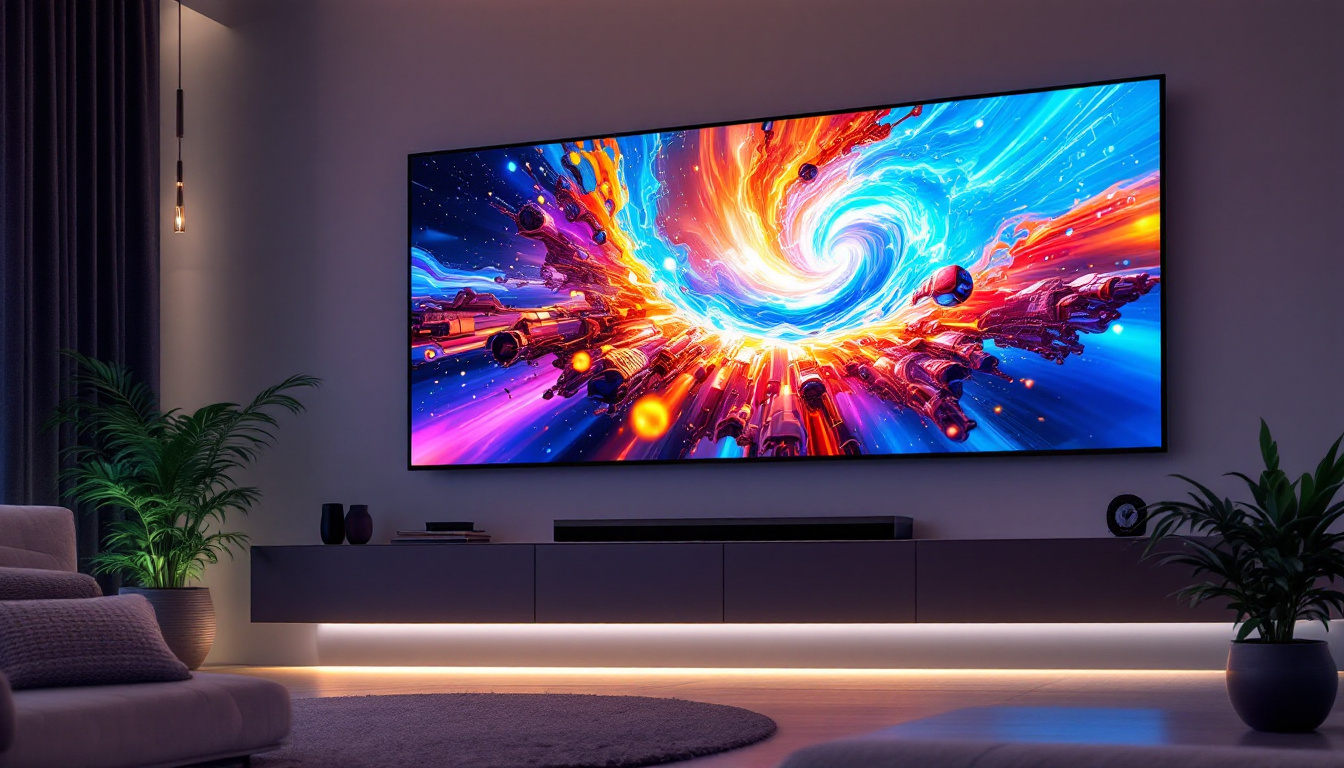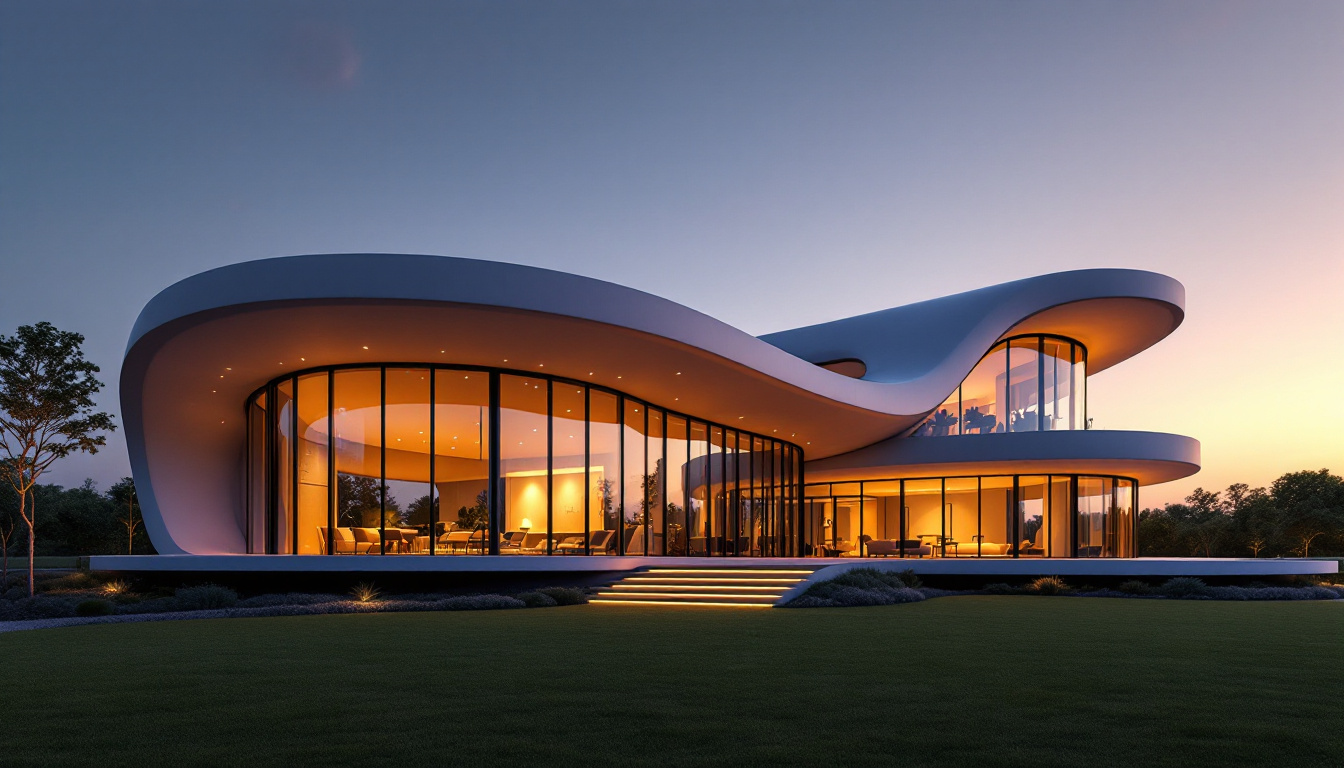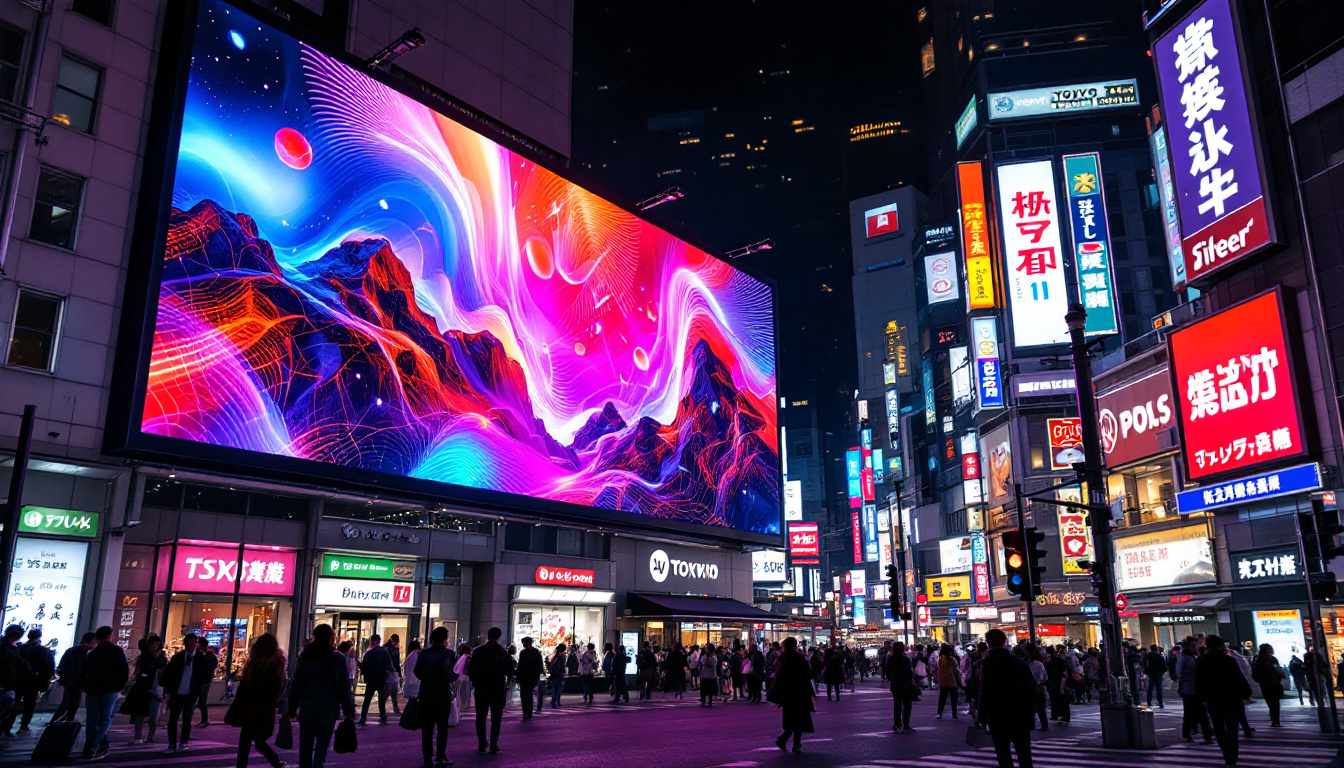In recent years, LED televisions have become the dominant choice for consumers seeking high-quality home entertainment. Their vibrant colors, energy efficiency, and sleek designs have revolutionized how people experience visual media. However, despite their widespread popularity, many still wonder what exactly an LED television is and how its display technology works. This article delves into the intricacies of LED displays, explaining their technology, benefits, and how they compare to other types of TV screens.
Understanding LED Television Technology
What Does LED Mean?
LED stands for Light Emitting Diode, a semiconductor device that emits light when an electric current passes through it. In the context of televisions, LEDs are used as a backlighting source for the display panel. Unlike older LCD TVs that relied on cold cathode fluorescent lamps (CCFLs) for backlighting, LED TVs use these tiny diodes to illuminate the screen.
This shift to LED backlighting has brought significant improvements in picture quality, energy consumption, and design flexibility. It’s important to note that LED TVs are essentially a type of LCD TV but with a different backlight technology, which is why they are sometimes referred to as LED-LCD TVs. The advantages of LED technology extend beyond just enhanced visuals; they also contribute to a more sustainable approach to television manufacturing and usage, as they consume less power over time, leading to lower electricity bills and a reduced carbon footprint.
The Role of LED Backlighting in Display Quality
The display panel in an LED television is made up of millions of liquid crystal pixels that do not emit light by themselves. Instead, they modulate light coming from the backlight to create images. The LEDs provide this light, and their arrangement and control directly impact the TV’s brightness, contrast, and color accuracy.
There are two primary types of LED backlighting used in TVs:
- Edge-lit LED: LEDs are placed around the edges of the screen, and light is spread across the display using light guides. This design allows for thinner TVs but can sometimes result in uneven brightness.
- Full-array LED: LEDs are distributed evenly behind the entire screen, often with local dimming zones that can be turned on or off independently. This leads to better contrast and deeper blacks.
In addition to these backlighting methods, advancements in LED technology have introduced features like HDR (High Dynamic Range), which enhances the range of colors and brightness levels that a television can display. HDR content can showcase brighter highlights and deeper shadows, making scenes appear more lifelike and immersive. Moreover, with the rise of smart TVs, many LED televisions now come equipped with built-in streaming services and connectivity options, allowing users to access a vast array of content directly from their devices. This integration of technology not only enhances viewing experiences but also reflects the evolving landscape of home entertainment.
Advantages of LED Televisions
Improved Energy Efficiency
One of the most significant advantages of LED televisions over older CCFL-backlit LCDs is their energy efficiency. LEDs consume less power while providing brighter and more consistent illumination. According to the U.S. Department of Energy, LED TVs can use up to 30-50% less energy compared to traditional LCD TVs with fluorescent backlights.
For consumers, this means lower electricity bills and a smaller environmental footprint. In an era where energy conservation is increasingly important, this benefit plays a crucial role in the widespread adoption of LED technology. Additionally, many LED TVs are designed with energy-saving modes that automatically adjust brightness based on ambient light conditions, further enhancing their efficiency. This not only helps in reducing energy consumption but also prolongs the lifespan of the television, making it a wise investment for eco-conscious consumers.
Enhanced Picture Quality
LED backlighting contributes to superior picture quality by enabling higher brightness levels and better contrast ratios. Full-array LED TVs with local dimming can achieve deep blacks by dimming or turning off LEDs in dark areas of the image, enhancing the overall dynamic range.
Moreover, LED technology supports a wider color gamut, allowing TVs to display more vivid and lifelike colors. This is particularly noticeable in HDR (High Dynamic Range) content, where the combination of brightness and color depth elevates the viewing experience. The advancements in LED technology have also led to the introduction of quantum dot displays, which further enhance color accuracy and saturation. As a result, viewers can enjoy a more immersive experience, whether they are watching movies, playing video games, or streaming their favorite shows.
Sleek and Slim Designs
Because LEDs are compact and can be arranged in thin layers, LED TVs tend to be slimmer and lighter than older LCD models. Edge-lit designs, in particular, allow manufacturers to produce ultra-thin screens that fit seamlessly into modern living spaces.
This design flexibility has also enabled the development of curved and flexible screens, further expanding the possibilities for innovative television aesthetics. The sleek profiles of LED TVs not only enhance their visual appeal but also make them easier to mount on walls or integrate into furniture. Furthermore, many models now come with minimalist bezels, maximizing the screen area and providing an almost borderless viewing experience. This trend towards sleek design is complemented by smart features, allowing users to access streaming services and apps directly from their TVs, making them a central hub for entertainment in the home.
Comparing LED TVs with Other Display Technologies
LED vs. OLED
While LED TVs have dominated the market, OLED (Organic Light Emitting Diode) technology has emerged as a strong competitor. Unlike LED TVs, which use LEDs only for backlighting, OLED panels consist of organic compounds that emit light individually when electrically stimulated.
This fundamental difference means OLED TVs can turn off individual pixels completely, resulting in perfect blacks and infinite contrast ratios. OLEDs also offer wider viewing angles and faster response times. However, they tend to be more expensive and can suffer from burn-in issues with static images.
LED vs. QLED
QLED (Quantum Dot LED) is a marketing term used by some manufacturers to describe LED TVs that incorporate quantum dot technology. Quantum dots are tiny semiconductor particles that emit precise colors when illuminated by the LED backlight, enhancing color accuracy and brightness.
QLED TVs generally provide brighter images than standard LED TVs and perform better in well-lit rooms. They also tend to have longer lifespans and are less prone to burn-in than OLEDs, making them a popular choice for many consumers.
LED vs. Plasma and CRT TVs
Plasma and CRT (Cathode Ray Tube) televisions, once the standard, have largely been phased out. Compared to these older technologies, LED TVs offer numerous advantages, including better energy efficiency, thinner profiles, higher resolutions, and improved picture quality.
Plasma TVs were known for their deep blacks and excellent color reproduction but consumed more power and were heavier. CRTs, while durable, were bulky and limited in screen size and resolution. LED TVs have effectively replaced both with superior performance and convenience.
Key Features to Consider When Buying an LED TV
Resolution and Screen Size
Resolution remains a critical factor in picture clarity. Most LED TVs today come in Full HD (1080p), 4K Ultra HD, or even 8K resolutions. For most consumers, 4K TVs strike the best balance between price and visual quality, especially as 4K content becomes more widely available.
Screen size should be chosen based on the viewing distance and room size. Larger screens provide a more immersive experience but require adequate space to avoid eye strain.
Refresh Rate and Motion Handling
The refresh rate, measured in Hertz (Hz), indicates how many times per second the screen updates its image. Higher refresh rates (120Hz or above) result in smoother motion, which is especially important for fast-paced content like sports or gaming.
Many LED TVs also include motion interpolation technologies to reduce blur and judder, enhancing the clarity of moving images.
Smart TV Capabilities
Modern LED TVs often come equipped with smart features, allowing users to stream content from popular platforms such as Netflix, Amazon Prime, and YouTube directly on the TV. These smart systems vary in user interface, app availability, and voice control integration.
Choosing a TV with a responsive and user-friendly smart platform can significantly enhance the overall viewing experience.
Connectivity Options
Consider the number and types of ports available, including HDMI, USB, and audio outputs. Multiple HDMI ports allow connection to gaming consoles, Blu-ray players, and sound systems simultaneously. Additionally, support for the latest HDMI standards (such as HDMI 2.1) ensures compatibility with new devices and features like 4K at 120Hz.
The Future of LED Television Technology
Mini-LED and Micro-LED Innovations
Recent advancements in LED technology have led to the development of Mini-LED and Micro-LED displays. Mini-LED TVs use thousands of tiny LEDs for backlighting, enabling even more precise local dimming and improved contrast ratios compared to traditional full-array LED TVs.
Micro-LED technology, still emerging, involves self-emissive microscopic LEDs that function similarly to OLED pixels but without organic materials. This promises exceptional brightness, longevity, and color accuracy without the risk of burn-in.
Integration with AI and Enhanced Image Processing
Artificial intelligence is increasingly being integrated into LED TVs to optimize picture quality dynamically. AI algorithms analyze content in real-time, adjusting brightness, contrast, and color settings to deliver the best possible image regardless of ambient lighting or content type.
These intelligent features enhance user experience by providing consistently superior visuals without manual calibration.
Conclusion
LED televisions represent a significant leap forward in display technology, combining energy efficiency, impressive picture quality, and sleek designs. Understanding how LED backlighting works and the differences between LED and other display technologies can help consumers make informed decisions when purchasing a new TV.
As technology continues to evolve with innovations like Mini-LED and AI-driven processing, LED TVs are poised to maintain their position as a cornerstone of home entertainment for years to come.
Explore Cutting-Edge LED Displays with LumenMatrix
Ready to elevate your home entertainment experience with the latest in LED technology? LumenMatrix, a pioneer in LED display innovation, offers a diverse range of solutions tailored to bring your visual experiences to life. From captivating Indoor LED Wall Displays to dynamic Outdoor LED Wall Displays, and even specialized options like Vehicle LED Displays and LED Sports Displays, LumenMatrix is committed to revolutionizing the way you engage with digital media. Discover the perfect LED display to match your needs and transform your space with unparalleled brightness, clarity, and color accuracy. Check out LumenMatrix LED Display Solutions today and step into the future of visual storytelling.

